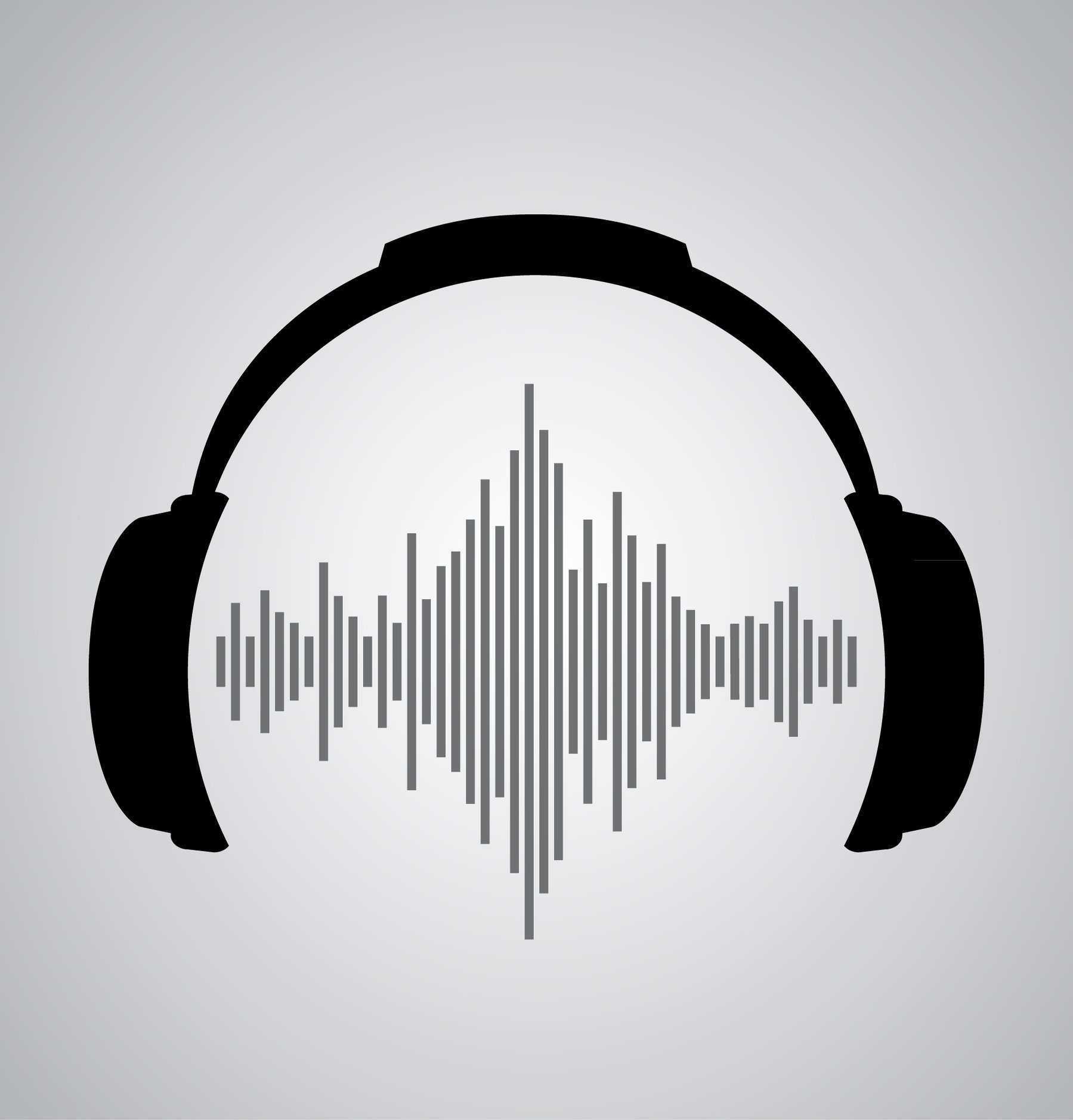What Is An Assisted Listening Device?
An ALD is an amplifier that brings sounds directly into the ear. They are designed to separate speech from noisy backgrounds (or environments with poor acoustics, such as echoing) by improving what is known as “speech to noise ratio.” Essentially, ALDs minimize background noise so that the deaf, hard of hearing, and those with speech and language disorders can better understand words being spoken in various environments. They can be used virtually anywhere that a one-on-one or small group conversation will take place, whether it’s at home, a loud concert venue, or in the workplace.
ALDs can be used by people with all degrees of hearing loss, from mild to profound. It’s important to note that although ALDs can help you hear in specific situations and environments, they are not suitable hearing aid replacements. Rather, ALDs can enhance the effectiveness of hearing aids and cochlear implants.
What Are The Types Of Assisted Listening Devices?
There are five main types of ALDs: personal sound amplifiers, FM, infrared, induction loop systems, and bluetooth-comptabile systems. Each type works differently, and carries its own unique advantages.
- Personal Sound Amplifiers
A personal sound amplifier is a cell-phone-sized device composed of a microphone and a listening cord. They are ideal for one-on-one conversations, and are especially useful in places where FM, infrared and induction loop systems are not available. Some personal amplifiers even have directional microphones that you can angle towards the source of sound you want to hear.
- FM Systems
These systems use radio broadcasting technology to deliver amplified sound, and can transmit signals up to 300 feet away. For this reason, they are commonly used in classrooms and many other large public spaces. Since radio signals can penetrate walls, an FM system user may have to listen to a different channel than someone in a nearby room in order to avoid getting mixed signals.
- Infrared Systems
Infrared systems use light-based technology to transmit sound. A transmitter converts sound into an infrared light signal and beams it to a receiver, which then decodes the light signal back into sound. Since infrared light cannot pass through walls, this type of ALD is ideal for courtroom settings where private information is shared. The only drawback of an infrared system is that it will not work in areas with too many light sources, such as very bright rooms or at outdoor events.
- Induction Loop Systems
This type of ALD uses electromagnetic energy to deliver sound. The amplified sound travels through a thin loop of wire, which is picked up by the wireless receiver inside hearing aids and cochlear implants. Induction loop ALDs can also be used by non-hearing aid users with headphones and a portable inductive loop receiver.
- Bluetooth-Compatible Systems
Just as today’s hearing aids are equipped with Bluetooth technology, so are many modern assisted listening devices. They receive and amplify audio from smartphones, tablets, and any other Bluetooth-enabled device so that the user can more easily hear their surroundings.
Do you think you may be in need of an assisted listening device? The certified audiologists at Francis Audiology in Wexford, PA provide personal hearing amplifiers and many FM/digital ALD systems. Our team follows strict guidelines from the American Speech-Language-Hearing Association to provide the most accurate diagnoses possible, and we customize hearing solutions to your unique needs.
Our dedicated team is ready to assist you with all of your hearing health needs. Call or book an appointment online today for an evaluation.
